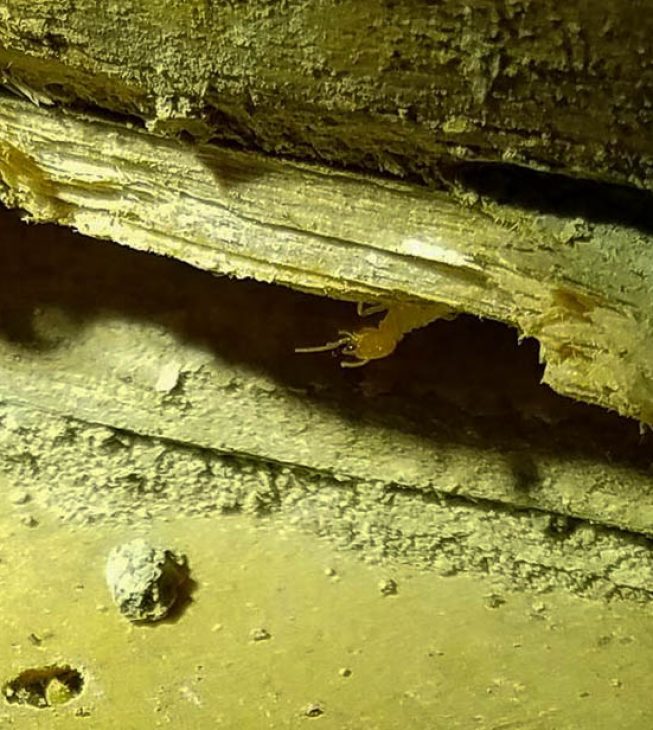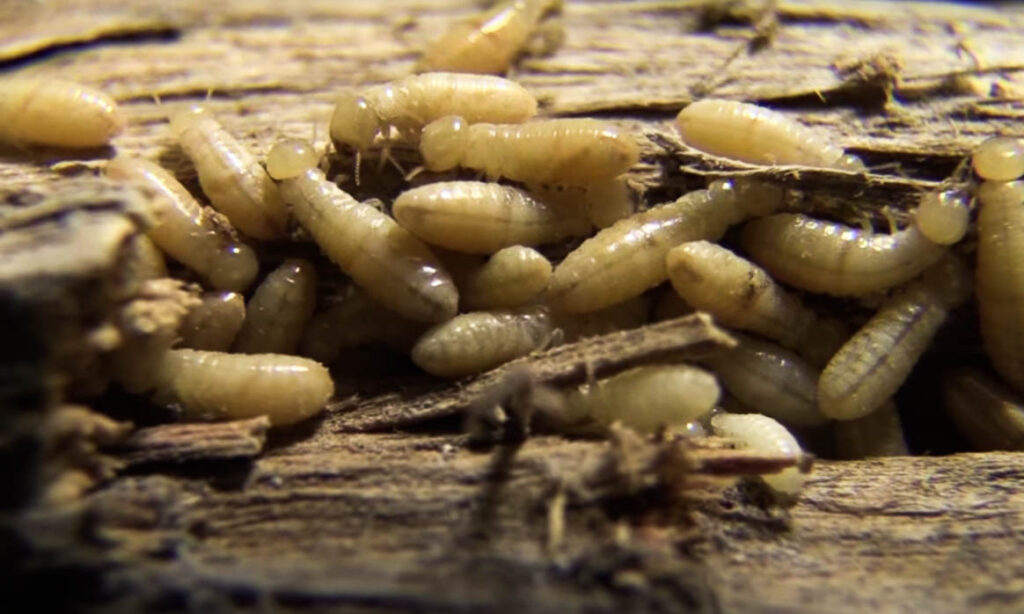About Drywood Termites
This particular species of termite shares similar characteristics with other species of termites, most especially the subterranean termites. However, they are easily noticeable if you know certain obvious things about them. To start with, drywood termites feed and live on un-decayed wood with a low level of moisture content. Also, they do not need any contact with the soil to live and carry out their activities.
There is more to drywood termites than meets the eye. Right here, we will be taking a look at some of the major features of drywood termites to give you a clear picture of this species of termite.
Appearance
When it comes to identifying drywood termites, the best way to do that is by taking a look at their physical appearance. The size and color of these termites are the two major features that you can use to identify them.
- Size – Just like every other species of termite, their size majorly depends on their caste in the colony. The soldiers of the colony whose major duty is to defend the colony are about three-eighths of an inch long. They also have a distinctive larger head and mandibles. The reproductives, which comprise of both male and female drywood termites, measure about one-half of an inch in length.
- Color – The color of a drywood termite is another unique feature that distinguishes it from other types of termites. The color of a drywood termite varies depending on the weather conditions of where it is living. It can be pale brown, dark or light brown, or yellowish-tan. The reproductive alates are usually darker in color and have two pairs of clear or smoky gray wings at birth.

Behavior
A new colony of drywood termites starts from the pairing of a male and female termite after swarming. They create a nest in wood and then seal the entrance which is usually about 1/8 inch in diameter with a cement-like plug. In the enclosed compartment, the male excavates a chamber and the female begins to lay its eggs. Unlike subterranean termites, drywood termites don’t have distinct caste workers.
One of the features that distinguish drywood termites from other species is the kind of damage they create on wood. While carrying out their activities, these termites cut across the grain of the wood they are inhabiting, excavating large chambers in the process. Each of these chambers is further connected by small tunnels. Drywood termites are naturally neat. They keep their colony clean by removing all the debris stored in their tunnels and chambers.
As a result of all these behavioral advantages, drywood termites can attack any kind of wood. These include furniture, buildings, and even poles. Although, their damage is not as pronounced as that of subterranean termites because they are not widely spread.
Life Cycle
Just like every other termite, the cycle begins with a mating flight. After which fertilization takes place and eggs are laid. The eggs hatch into nymphs and then molt successively into larva. From there on, a caste of termites is groomed depending on the need of the colony.
Under optimal conditions, the queen drywood termite can survive for a decade. While workers and soldiers might only live for about 2 years before they are replaced by new sets of young termites.

Habitat
Being a cellulose loving animal, there is no other place to find drywood termites than around wood. These termites don’t hesitate to infest any available wood. This can either be furniture, the dead branch of a tree, or even a log of firewood. Also, they don’t need moisture to thrive. They have all it takes to dissolve and digest all kinds of wood.
